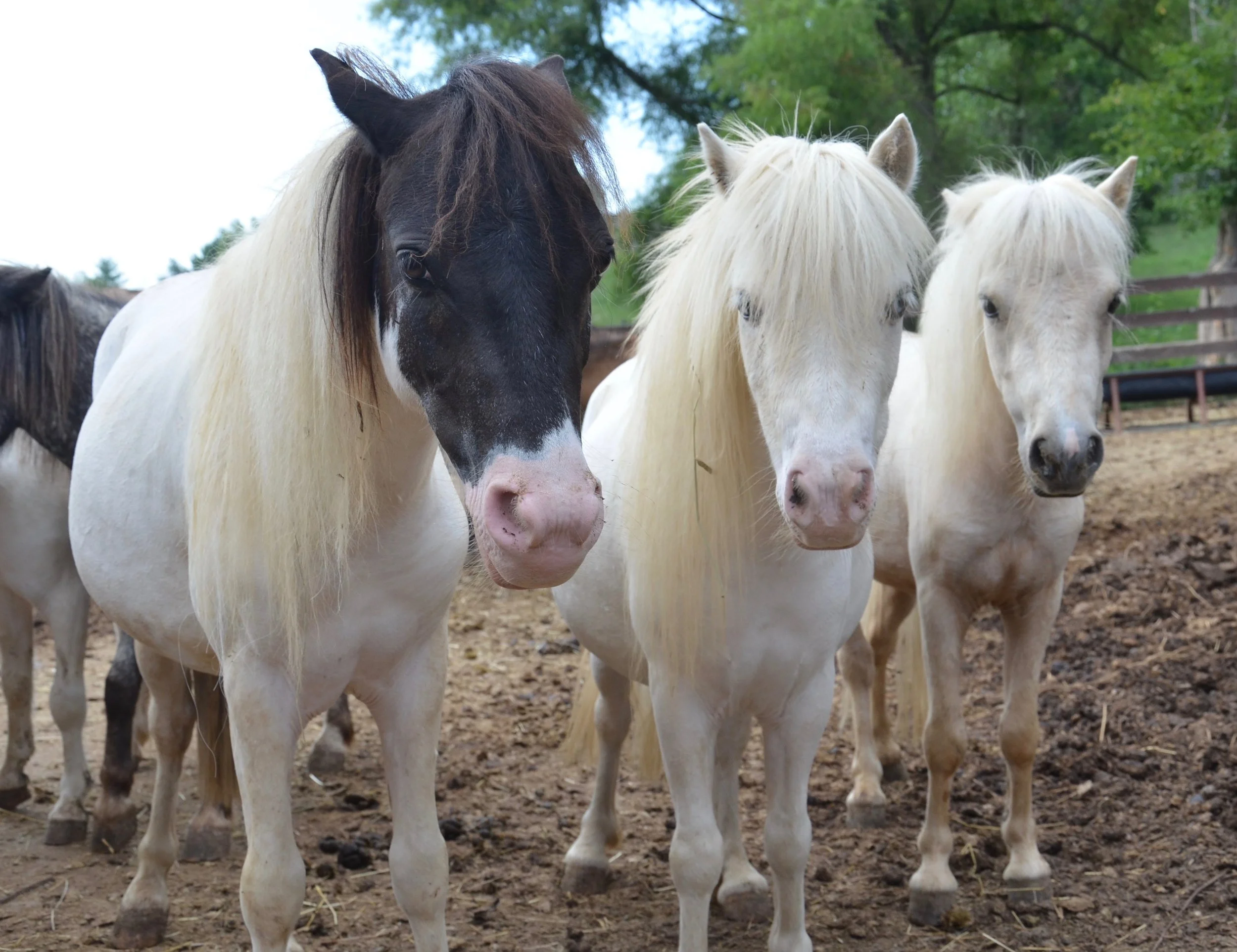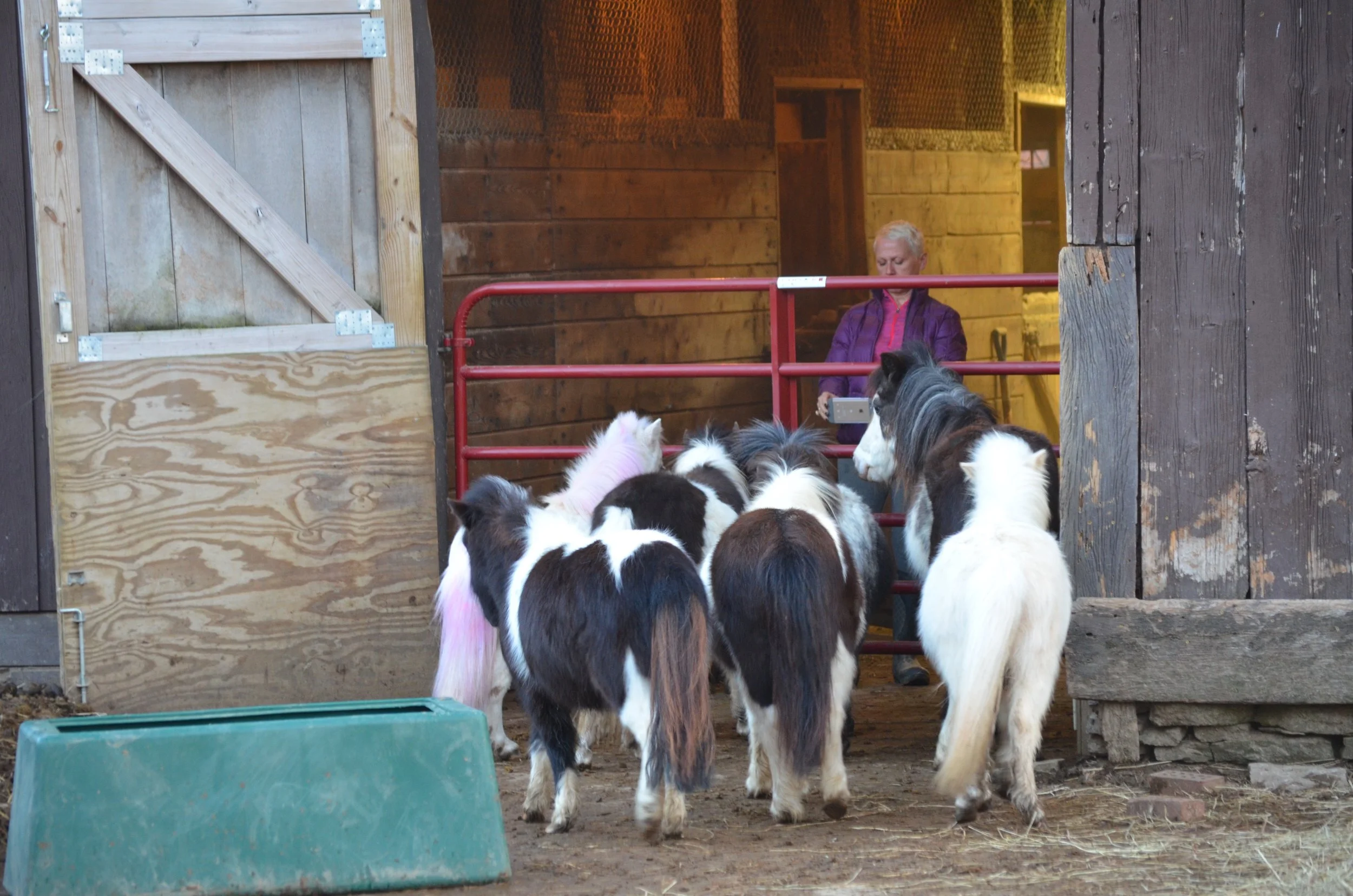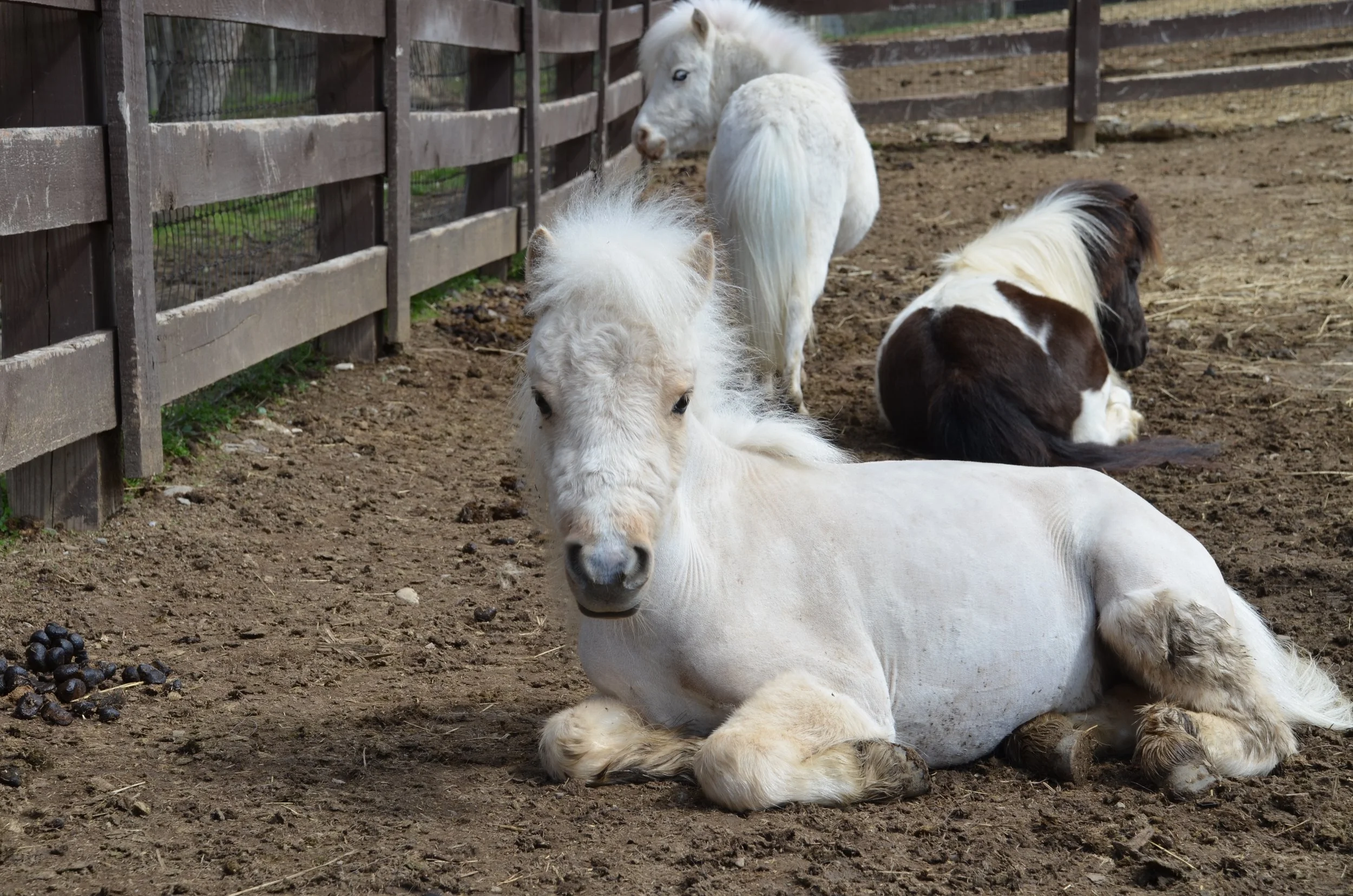Fear in Horses
The following is taken from Dr. Temple Grandin's book, Animals in Translation (2005). Her insight into horse behavior and thought has shaped how we train and handle our therapy horses. Enjoy!
Scary Pictures
We all know that, as a prey species, horses have certain hardwired behaviors designed to help keep them safe from predators. As Grandin explains it, they use emotions to "predict" the future and thereby make wise decisions. "A healthy animal makes sound, emotion-based decisions all the time," she observes. "He has to; otherwise he'd be dead." For example, fear of the scent of a predator causes a prey species to run away and escape being caught. That makes fear a basic, predominant emotion for horses. We tend to refer to a horse's excitability or his spookiness or his level of agitation, but what it all boils down to, says Grandin, is fear, which horses and all animals experience far more vividly than we do.
"Fear is so bad for animals, I think it's worse than pain. I always get surprised looks when I say this. If you gave most people a choice between intense pain and intense fear, they'd probably pick fear. I think that's because humans have a lot more power to control fear than animals do."
And that's because, she explains, we can use our analytical faculties courtesy of our prefrontal cortex to understand and rationalize our fears, whereas animals cannot. All your horse knows is, "This is scary, which means I'm in danger of being killed, which means I need to get outta here." Another thing that "awfulizes" fear for horses is the visual nature of their thinking. Consider, if you will, how much scarier a picture of Freddy Krueger is than a verbal description of him. The image has much more impact, right? By the same token, "a visual memory of a scary thing is more frightening than a verbal memory," says Grandin.
"When it comes to managing their fear, animals and autistic people are at a big disadvantage because they have to rely on pictures."
Fast Fear, Slow Fear
Another way horses and other animals differ from us is that they tend to experience fear "faster" than we do. There are two ways fear is experienced in the brain, depending on whether it takes what Grandin calls the "high road" or the "low road." The high road gives you "slow fear" because its physical path through the brain is longer than the low road. Though social in their own way, horses are less controlled by social stimuli than dogs are, thus less likely to do something purely to please you.
"On the high road," explains the scientist, "a scary stimulus, such as the sight of a snake in your path, comes in through the senses and goes to the thalamus, located deep inside the brain. The thalamus directs it up to the cortex, at the top of the brain, for analysis. When it gets there the cortex decides that what you're looking at is a snake, then sends this information; it's a snake!? back down to the amygdala, and you feel afraid. The whole process takes 24 milliseconds."
By contrast, the low road, or fast-fear system, takes half the time. You see a snake in your path, and the sensory data goes straight from your thalamus over to your amygdala, avoiding the cortex. The whole process takes 12 milliseconds. Nature gave us both systems because you can't get hyper speed and accuracy in the same system. "The fast road is quick and dirty," says Grandin. "You see something long, thin, and dark in your path, and your amygdala screams, 'It's a snake!' Twelve milliseconds later your cortex has the second opinion: either, 'It's definitely a snake!' or, 'It's just a stick.' The reason fast fear can be so fast is that accuracy is sacrificed for speed." High road fear is also conscious (you know what you're afraid of); low road fear is not "you're running away before you know what you're running away from," says Grandin.









